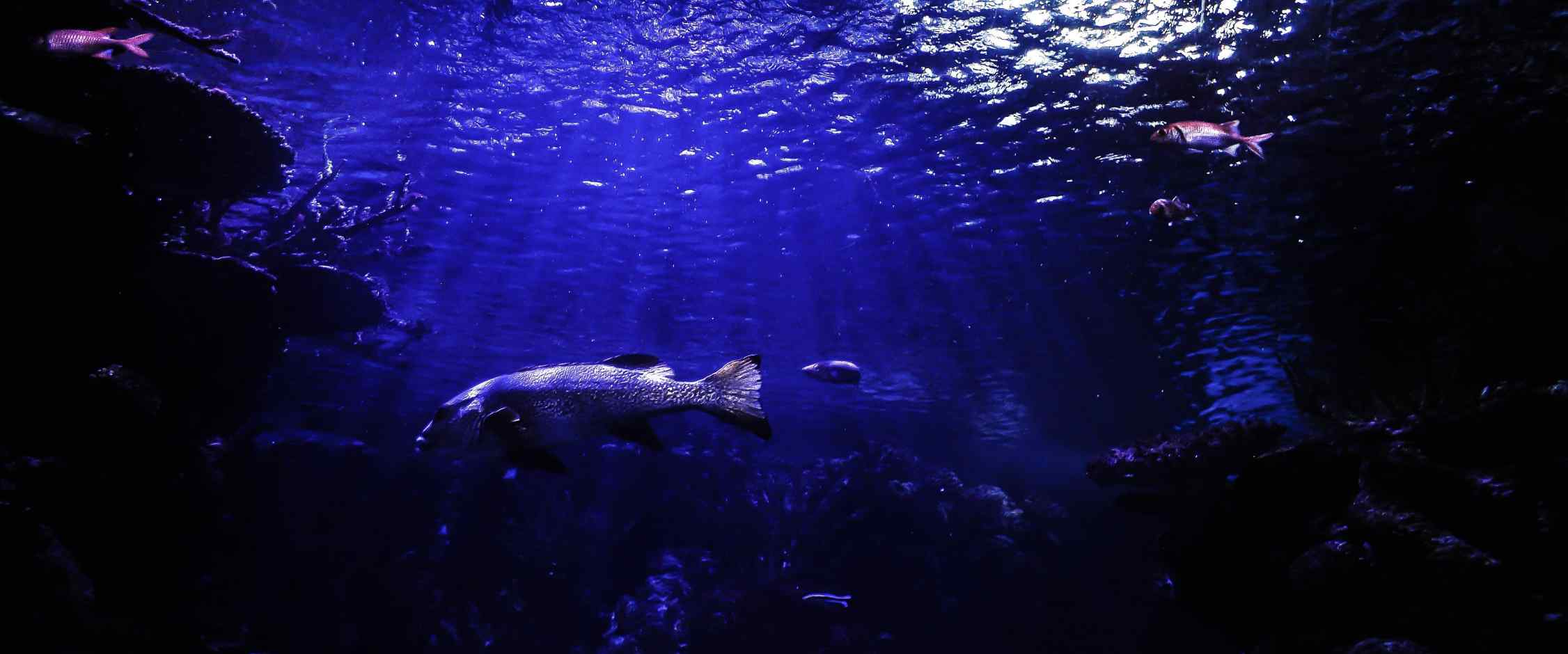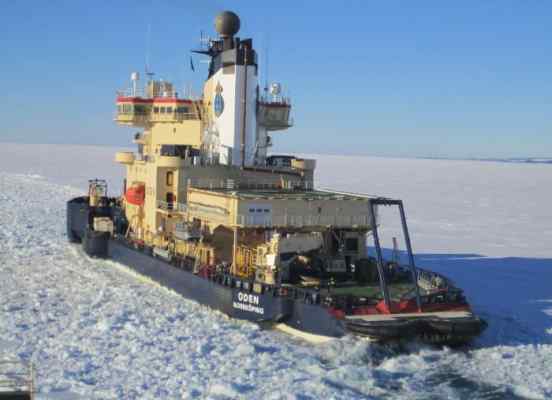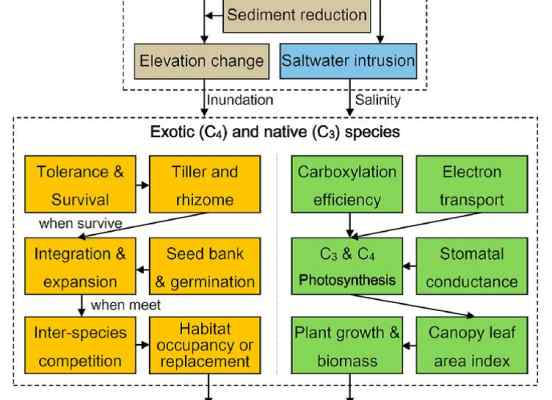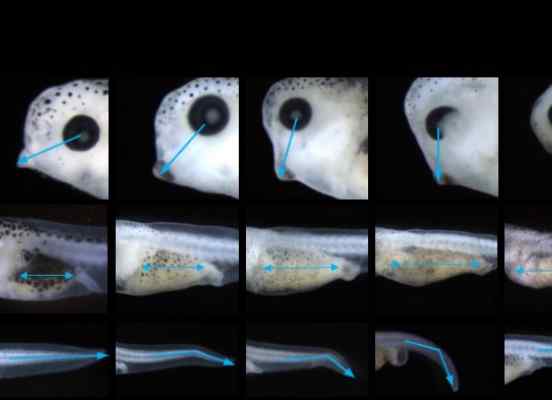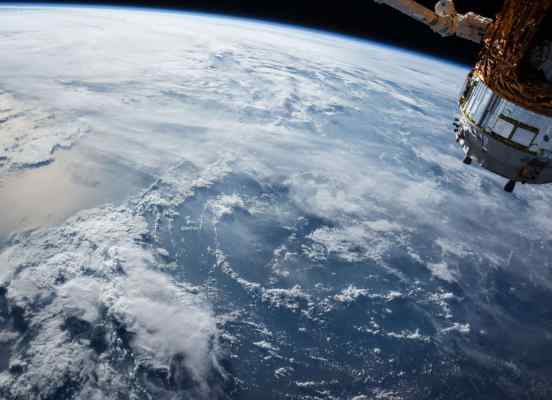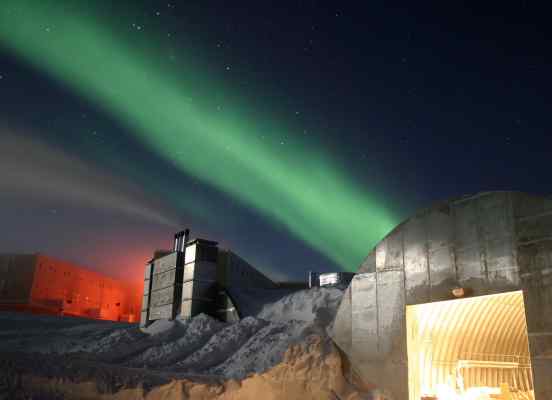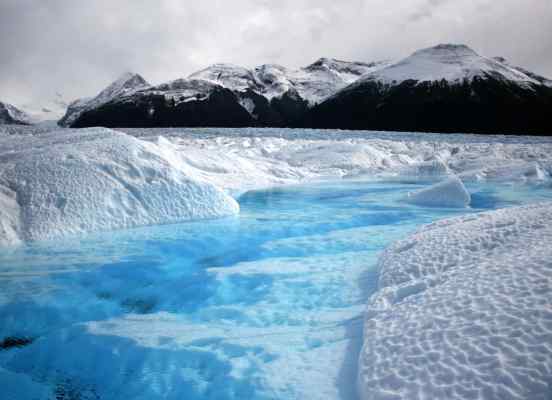Description
The first lead measurements from the Amundsen Sea
Efforts to reduce industrial emissions of lead have been ongoing for several decades. The near-global phase-out of leaded automobile gasoline has showed decreases in environmental lead contamination. A reasonable expectation is that industrial lead concentrations have also measurably decreased in the Southern Ocean. Since lead also has natural sources, a group of scientists decided to examine the relative importance of anthropogenic lead in the Amundsen Sea, a shelf region of West Antarctica, in the first measurements of this sort.
The global scale of lead (Pb) contamination from industrial sources has been well documented; anthropogenic lead, mainly from combustion of leaded gasoline, has been detected in remote sites including samples of Arctic and Antarctic surface ice and ocean deep waters. However, decreases in environmental Pb-contamination following the near-global phase-out of leaded automobile gasoline, beginning in the 1970s, have since been observed.
- Consequently, a reasonable expectation is that industrial Pb-concentrations have also measurably decreased in the Southern Ocean following the virtual elimination of leaded gasoline in the Southern Hemisphere, Kuria Ndungu, a Research Scientist at The Norwegian Institute for Water Research, says.
In a recent study, published as the cover article in the current issue of Environmental Science & Technology journal, Ndungu and American colleagues tested this hypothesis in the Amundsen Sea, a shelf region of West Antarctica in the Southern Ocean.
Areas of research
- Coastal Dynamic Geomorphology
- Estuarine Sediment Dynamics
- Estuarine Evolution
